Chronic Neck Pain Dental Connection
The original medical treatment plan recommended surgery to fuse the cervical vertebrae in the herniated area, C5-6. Embarking on the surgical path would have proved detrimental to the patient’s recovery.
Background
Patient John K. presented with a past medical history of five years of neck pain (with exacerbation during the colder months) that did not respond to osteopathic / chiropractic manipulation, physical therapy, non-steroidal anti-inflammatories (Advil, Aspirn, Nuprin) or pain medications. An MRI documented the presence of bulged intervertebral discs in the areas of C 3-4, C 4-5 and a right lateral disc herniation at C5-6. Dentally the patient presented a Class II Div II malocclusion with a severe deep overbite and retruded lower jaw.
Cranially the patient presented with a torsion (twist pattern) of the skull bones and the base of the skull — maxillae (upper “jaw”) — canted upward on the right side. Structurally the patient exhibited a severe forward head posture: hyperlordosis, loss of the normal curve in the neck, kyphosis, humpback, of the upper thoracic spine, and loss of the lower lumbar curve.
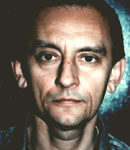
Pre Treatment 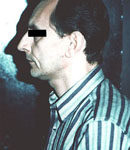
Pre Treatment
Forward Head Posture
Chronic Neck Pain Diagnosis
It has been this author’s clinical experience that compression of the cervical and lumbar vertebrae are in part a direct result of loss of posterior teeth (molars and bicuspids) support.
Such dental abnormalities are rarely related by health care practitioners as a possible causative factor in such medical problems and therefore not included in any treatment protocol. The direct link involves the dural tube, that is, the membrane system that surrounds the brain and extends through the base of the skull, attaches to the upper three-neck vertebrae, and then travels down the spine to the sacrum.
The meshing of the back teeth provided the third point of contact to stabilize the atlas and axis the first and second cervical vertebrae. Irregular alignment of the teeth and loss of vertical (missing molars, worn down teeth, or indicate eruption) tooth support will cause the atlas and axis to go out of position and compression of spinal vertebrae.
Neck Pain Dental Connection Treatment
In this case, treatment consisted of using ALF (Alternative Lightwire Functional) appliances to correct the twist pattern of the skull bones, orthodontic braces to realign and erupt the back teeth, new crowns for the molar teeth, and nutritional supplements to support the healing process.
The patient’s pain was reduced by 90% after one and a half years of treatment.
Following removal of the patient’s mercury fillings and completion of the construction of new caps for the posterior teeth, the patient was completely free of neck pain and continues to be pain-free after 5 years.
The original medical treatment plan recommended surgery to fuse the cervical vertebrae in the herniated area, C5-6. In this case, embarking on the surgical path would have proved detrimental to the patient’s recovery.
Conclusion and Results
Since the compression of the cervical vertebrae was being caused by the dental distortion (deep bite), surgery would only address the symptom and not the ultimate cause.
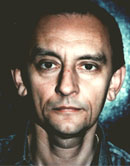
Pre Treatment 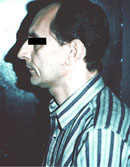
Pre Treatment Forward head posture 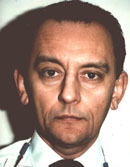
1.5 Years Post Treatment 
1.5 Yrs Treatment
Improved Head Posture
Alternative Treatments for Conquering Chronic Pain E-Book
300+ pages with 72 illustrations; 70 patient case summaries; 7 patient video testimonials.
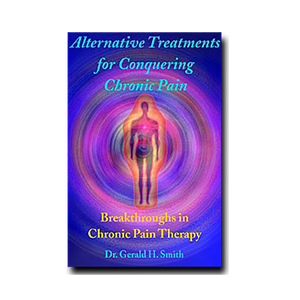
FREE PRESENTATION
Download the slides from Dr. Smith's presentation on the Dental Whole Body Connection in Ontario on October 25, 2024.
A comprehensive seminar to awaken you to the potential dangers of dental treatments.

STAY INFORMED
Big tech and mainstream media try to suppress the powerful information I have to share. Subscribe here to stay informed!
